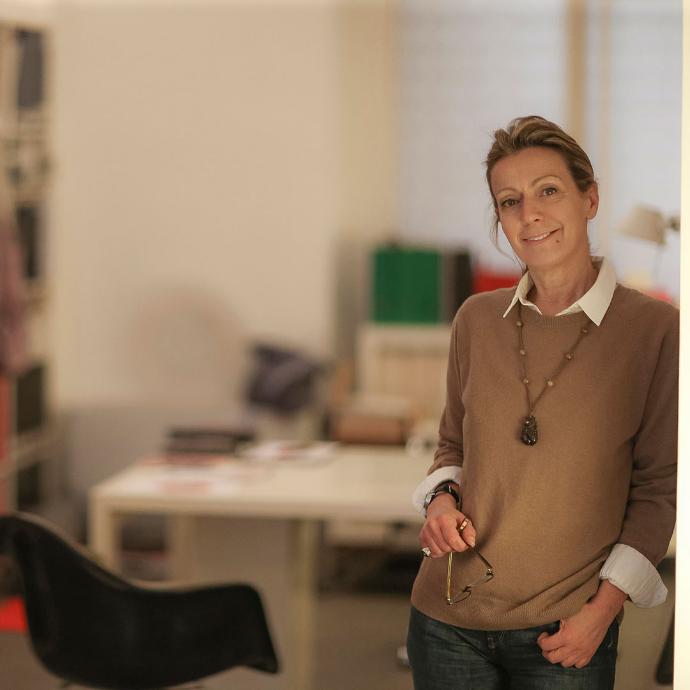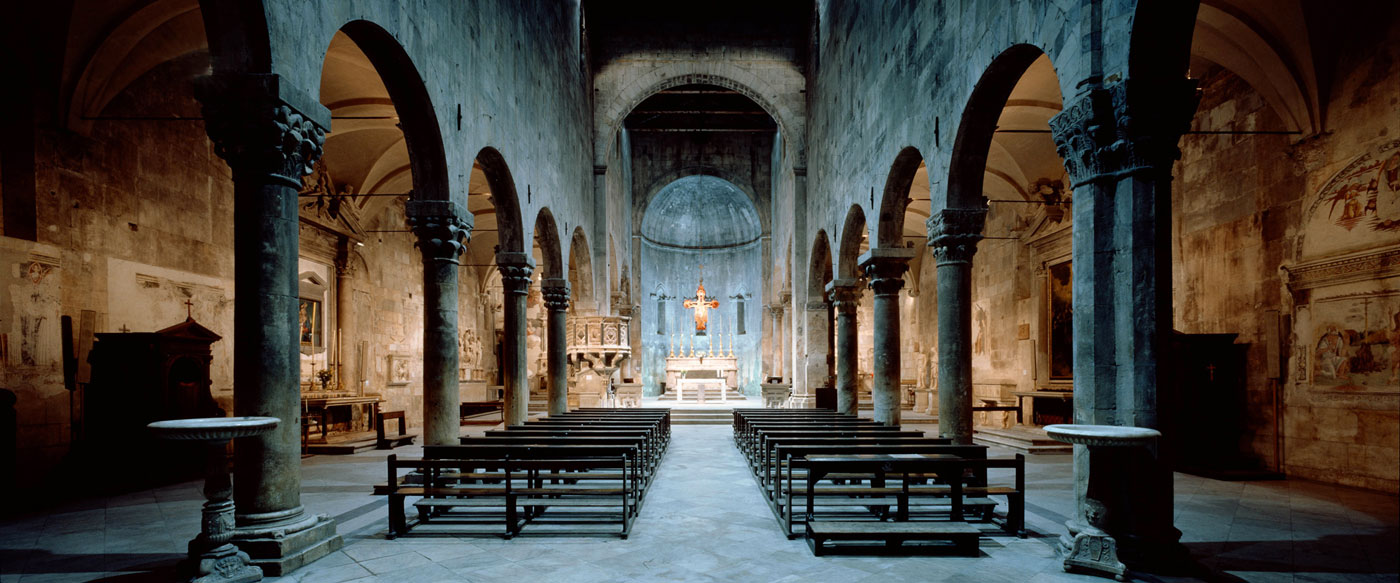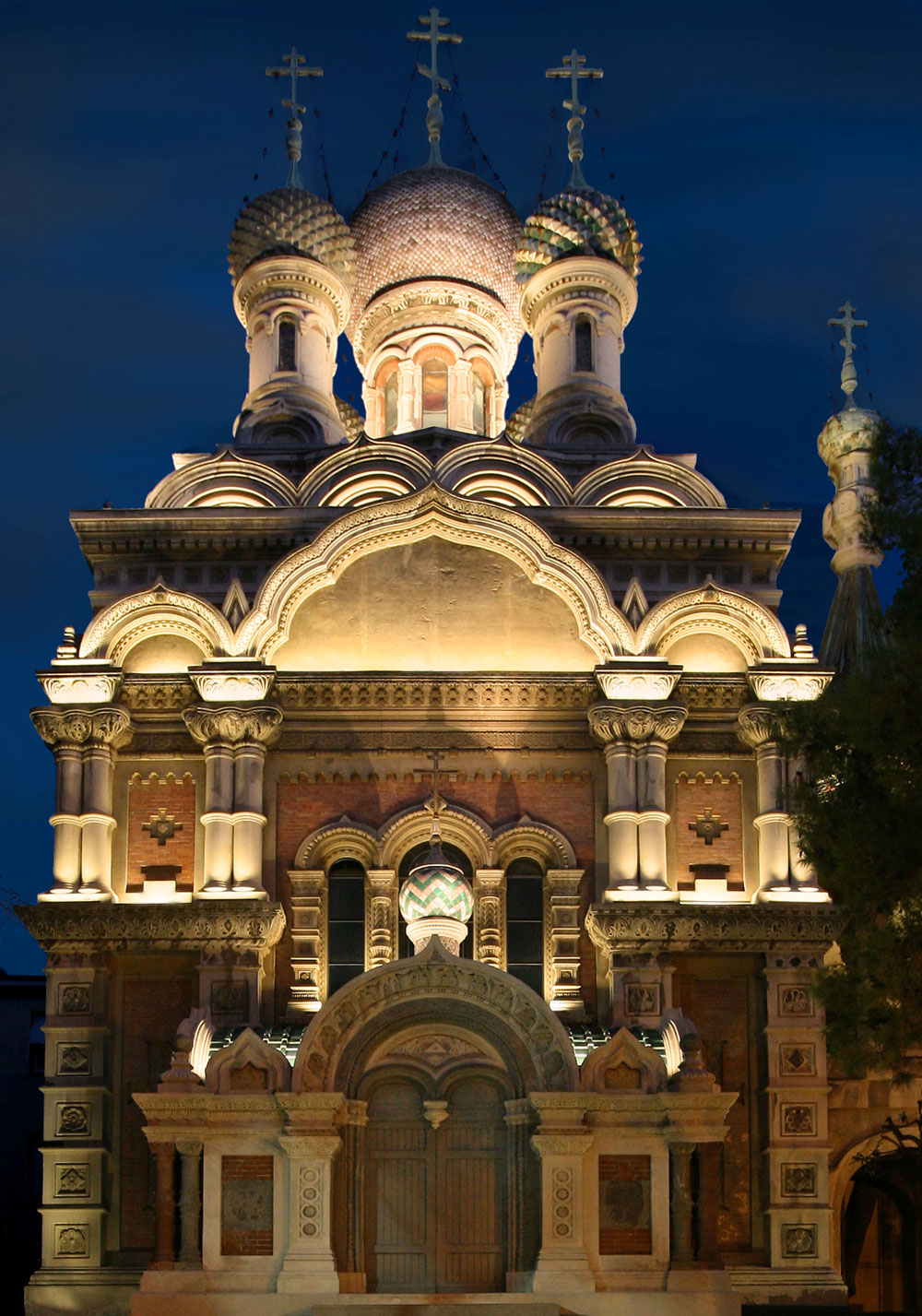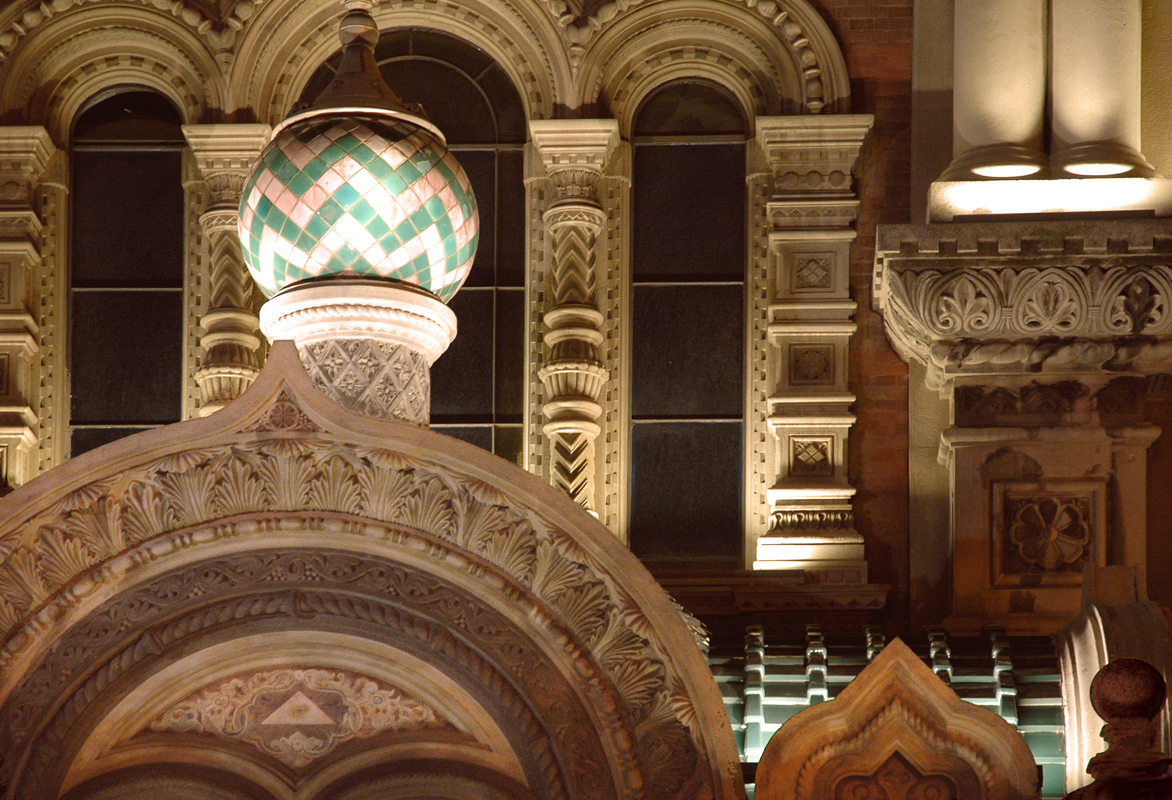
The third chapter of our review is dedicated to Paola Urbano, architect and lighting designer, who shared and explained her personal idea and philosophy of Lighting Design which can be summarized in the claim:
“Lighting Design: such an Art like a Science"
Being a lighting designer is very fascinating and much more complex and interdisciplinary than commonly imagined. In summary, I have always defined this profession as “such an art as well as a science”
It can be considered as an art because it is a form of creativity, an aesthetic expression and a language that, when used with sensitivity, manages to emphasize or "reveal" the peculiarities of an architecture, a monument, a square or an environment in the broad sense
Light “paints the night” and with a well-designed project, characterized by targeted visual interest hierarchies, it is possible to guide the observer through the space and stimulate curiosity towards the strategic points of a place. Light can also offer unprecedented perceptual results, or make it welcoming an indoor or outdoor environment which in itself - in daylight conditions - is not very inviting.
Those who design must be aware of how much and in what way light can affect people's moods. In fact, it can arouse interest, encourage socialization or stimulate interaction with the contents of an exhibition. Each project can have many facets according to its "focus", without ever losing sight of the need to improve environmental and living qualities.
Furthermore, each place has its own specificity: to illuminate it you need to know it in its aesthetic and/ or historical values, respect it and analyze it thoroughly and then decide what to hide or what to show and, above all, how to show it. The design result therefore depends a lot on the sensitivity and cultural background of the lighting designer, as well as on his experience and technical skills.
At the same time, this profession is also a science, as it requires scientific and technical knowledge necessary to control of the different parameters that contribute to the definition and realization of the lighting effects, as well as the project objectives.
Light with its characteristics, both qualitatively and quantitatively, must be examined and calibrated according to its interaction with colors and materials, as well as according to the morphological and spatial values of an environment. It is equally important to know how light affects processes and photochemical alterations and therefore the deterioration of some materials. These are important aspects when working in a museum, inside a church or in historic environments characterized by frescoes or other photosensitive works.
It is also necessary to know how light affects, as well as physiologically and psychologically on man and his circadian rhythms, also on the fauna and vegetation present in a specific place. Today more than ever, whoever has the responsibility of a project must work with sensitivity and ethical awareness, bearing in mind all the conditions of environmental well-being that must be safeguarded.
To these skills are added others, such as constant updating on technological solutions.
By now the transition from electric to electronic LED lights - with the related control systems - has been consolidated and, although the systems aim at ease of use by the end user, they are still complex solutions that require specialized skills and accurate designs. Unfortunately, the latter aspect is not always understood: lighting with its freedom of management sometimes risks to be considered only as a “game” or as something that - during use - can be "fixed" even without adequate design assumptions. This is a misleading attitude, both at the expense of the result of environmental qualities and for the risk of unnecessarily investing in systems that can result underused or, on the contrary, adopting solutions with poor performance compared to expectations.
It is therefore important to be supported by competent professionals who are able to grasp the overall picture of all needs and to make targeted choices on technological solutions, with an adequate estimate of the related costs and benefits. From an operational point of view, it should be remembered that with the arrival of electronic light, the drafting of a project is inevitably enriched with new contents. Consider, for example, the control of the parameters necessary to define the chromatic choice of a LED or the careful evaluation of the components of a luminaire to select reliable solutions over time, or even the most suitable choice of the management system and the consequent drafting and design configuration lighting scenarios - sometimes dynamic - to offer to the customer.
Last but not least, there is a broad legislative and regulatory framework that professionals must know and respect. In this context, the role of the lighting designer also begins to find regulatory insertions, such as the UNI11630 Standard of 2016 on the drafting of the project lighting technician, or the CAM of 2017 Decree on Minimum Environmental Criteria for Public Lighting that require independent professionals to be enrolled in a professional order or trade association recognized by Law 4/2013 like APIL.
These interventions are appreciable but still insufficient and should be further strengthened. At the same time, on a cultural level, it is necessary to make people understand the complexity of a real lighting project, which must be incorporated in all the interdisciplinary and ethical values mentioned above which are then those that contribute to the real environmental quality of the work.


